The four-footed patrolman of Russia’s notorious prisons has gained a reputation worldwide. Bold, brave, and fabulously fluffy, the Caucasian shepherd captivates dog fanciers with his loyalty and striking good looks.
Also known as the Russian prison dog and a host of other names, this mighty molosser is a prized working breed who’s stirred up talk recently in a slew of YouTube videos.
Dive into the history of this beautiful breed with us and find out why the Caucasian shepherd is the crown jewel of guardian dogs.
Russian Prison Dogs: Key Takeaways
- The Caucasian shepherd is a large and formidable dog breed who goes by many names. Some call this breed the Caucasian sheepdog and others call it the Ovcharka, but many call it the Russian prison dog — a reference to one of the jobs this breed often performs.
- While it is often used for guard dog and protection duties in the modern world, the Russian prison dog was originally a farm dog. Although they may have been tasked with several different jobs, their size and protective nature made them perfect for protecting livestock from predators.
- Though Russian prison dogs can make good pets for experienced owners, they’re entirely inappropriate for novices. These dogs not only reach gigantic sizes, their independent nature makes them challenging to train.
The Many Names of the Russian Prison Dog
The Caucasian shepherd is a dog of many names, some inspired by where he’s from and others by the roles he’s held over the years. Some are more accurate than others, but we’ll list them all to clear the air.
The breed’s most common names are:
- Caucasian shepherd dog: This is the breed’s technical name and is often shortened to Caucasian shepherd or CSD. It’s inspired by the Caucasus Mountains, where the breed originates from.
- Ovcharka/Ovtcharka: While widely used for the breed, the terms ovcharka and ovtcharka are generic Russian terms for a livestock guardian dog or shepherd dog. Several other breed names contain the word, including the Vostochno Evropeiskaya ovcharka and the South Russian ovcharka.
- Caucasian ovcharka: This is just another way to say Caucasian shepherd dog. It’s sometimes shortened to CO.
- Caucasian sheepdog: The Caucasian shepherd traditionally guards livestock, including sheep. Hence this alternative name.
- Caucasian mountain dog: This is an ode to his origins but can be seen as too broad of a name since several breeds come from the region.
- Kavkazskaïa Ovtcharka: This is the breed’s name in the native Russian tongue of his countrymen.
- Russian bear dog: Early Caucasian shepherds were used during bear hunts, earning this nickname.
And — as you likely already know — this breed is sometimes called the Russian prison dog, which is a reference to the job he’s sometimes asked to perform.
The Caucasian shepherd is occasionally confused with his lookalike breed, the Central Asian shepherd, though these are two separate breeds. Many similar breeds hail from the same region, including the Georgian shepherd dog and to the south, the Akbash and Kangal.
Out of the Loop: What’s With All the Recent Hype about Russian Prison Dogs?

Caucasian shepherd dogs have seen a meteoric rise in fame with the trend of breed countdowns on YouTube and other video-sharing platforms, particularly those depicting guard dogs.
They’re coveted as a protector, and their training is often filmed, showing super-sized dogs performing acts of might, from locking onto bite work sleeves to chasing down “bad guys.”
These videos rightfully gain plenty of attention, as these are impressive feats of doggy athleticism.
While these videos are entertaining, it’s important to remember that the Caucasian shepherd is a large, challenging breed who needs an experienced owner dedicated to lifelong socialization and training.
The ovcharka is not in any way, shape, or form a doggo for beginners.
History of the Russian Prison Dog
The CSD got his start in the Caucasus Mountains, a mountain range between the Caspian and Black Seas, where Asia and Europe meet.
This region is home to several large predators, including wolves and bears, and its farmers needed a dog that was formidable enough to protect livestock and deter these threats. The dogs also needed to be capable of withstanding the area’s notoriously harsh winters.
The Caucasian shepherd is a farmer’s right-hand dog, keeping the flock safe while also protecting the homestead from human intruders. His fiercely protective nature went on to make him an excellent companion for bear hunts, and in recent years, a top-notch military, prison, and police canine.
The Caucasian shepherd is also one of the breeds that was used to form the now extinct Moscow water dog.
Physical Attributes of the Russian Prison Dog
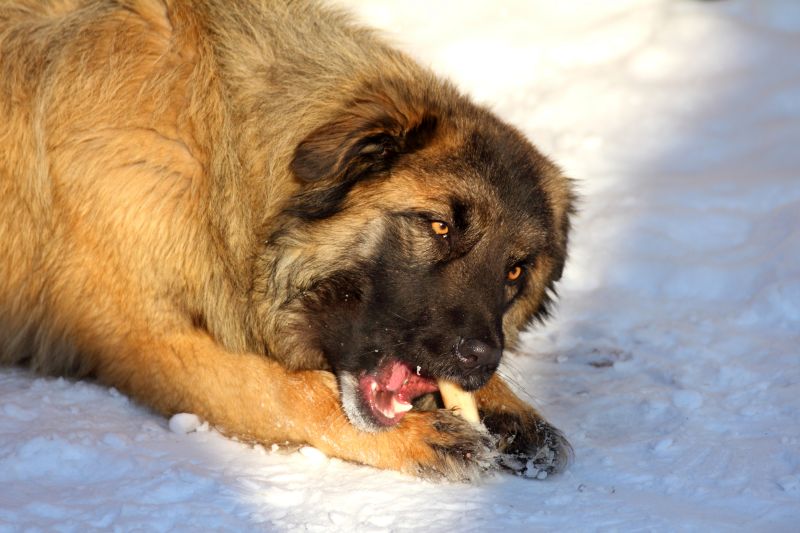
A giant breed, the Caucasian shepherd dog tips the scales at up to 220 pounds and can stand up to 30 inches at the shoulder. As with most other breeds, males are noticeably larger than females.
He’s heavily built, with long, thick limbs and an impressive musculature. Of course, dogs adapt to their lifestyles, so an active working dog is more likely to have such a build, whereas a couch-patrolling family dog will probably be less bulky.
When looking at the CSD, you’ll probably notice his mane first (in long coat varieties). This dense hair around his neck and shoulders makes him appear even larger, intimidating predators. His head is massive with wide-set ears, and he moves with authority, keeping his thick, bushy tail high.
The Russian Prison Dog’s Coat
The CSD’s coat is his most notable feature, with his dense fur insulating him from the frigid mountain winters where he originated.
His coat comes in multiple forms, including a short, medium, and long variety, and all feature a short, thick undercoat. The breed has a rainbow of colors to choose from, with gray, tan, and red being most prevalent. He typically has a mask and may have piebald, brindle, or white markings.
As you’d expect, grooming all this fur isn’t easy. He needs brushing several times a week to strip away dead hair and prevent tangles, which can be an issue with long-coated CSDs, particularly around the feathering of the legs and tail.
The CSD is also an impressive shedder, with one yearly hair dump that’ll leave your home in a hair-pocalypse for several weeks. Around this time, daily brushing is a must to keep up with it all.
Health of the Russian Prison Dog
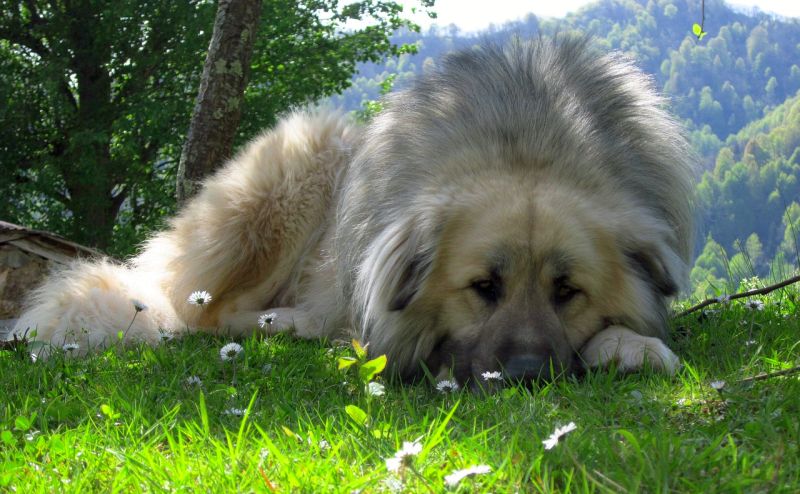
The Caucasian shepherd dog is a rugged breed with a lifespan of 10 to 12 years, but he does have the usual health concerns to watch for like other giant breeds, including:
- Hip dysplasia
- Luxating patella
- Bloat
- Cataracts
Since he’s such a large dog, it’s important to feed him a quality large-breed puppy food to nurture healthy growth. As an adult, keep your CSD’s weight in check to avoid stressing his joints.
Personality of the Russian Prison Dog
The Caucasian shepherd is born to protect. These strong guarding instincts result in a confident companion whose loyalty knows seemingly no limits.
His people and property come first, whether they’re kiddos in the yard or sheep in a pasture. This strong attachment and territorial nature makes him a prized livestock guardian, but these traits can also make him one heck of a party pooper at family gatherings.
The CSD is intelligent, but his independence is unrivaled. This combo makes him a difficult dog to train, who requires patience and perseverance to guide him into being the best version of himself.
While he’s a massively powerful canine, the Caucasian shepherd is a relatively lazy dog when indoors. Daily walks are encouraged to keep him trim, though a romp in a large, secure area is best to stimulate him mentally with fun sights and smells to explore.
Is a Russian Prison Dog Right for Your Family?
While appreciating these beautiful dogs from afar is one thing, owning them is another. It’s important to remember that these massive pups require extensive training and strong leadership.
While the CSD is a breed with many admirers, he isn’t the best choice for most dog owners. He’s a large, powerful guardian that requires pup parents with heaps of experience to keep his natural gifts (and instincts) in check. He’s also quite a pricey pup to care for, with high food and grooming bills to be expected (if he tolerates a professional groomer).
Early and ongoing socialization is a must with your Caucasian shepherd to prevent aggression issues. This includes socialization with people and other animals, as the breed is naturally aloof with both.
Your Caucasian shepherd should start obedience training as soon as he comes home and have regular, ongoing sessions to strengthen his skills. And since this training is key to a happy and healthy Caucasian shepherd, always keep it positive and never harshly correct him.
The Caucasian shepherd dog isn’t recommended for families with small children or those who frequently have gatherings in the home.
He has a hard time distinguishing between horsing around between friends and an actual threat, which can be incredibly dangerous with a dog his size. He’s also well-known to be territorial of his home. Rather than enjoying these events, they’re likely just going to stress him out.
As a giant breed, he requires a great deal of space, and is happiest on a farm or similar acreage where he can stretch his legs while doing what he loves most: working.
In addition to guarding, he’s built for several tasks around the farm, like cart-pulling. All CSDs should receive daily moderate exercise, such as a long hike or adventure around the farm.
***
Do you have a Caucasian shepherd at home? Have you ever met one? Let us know in the comments.
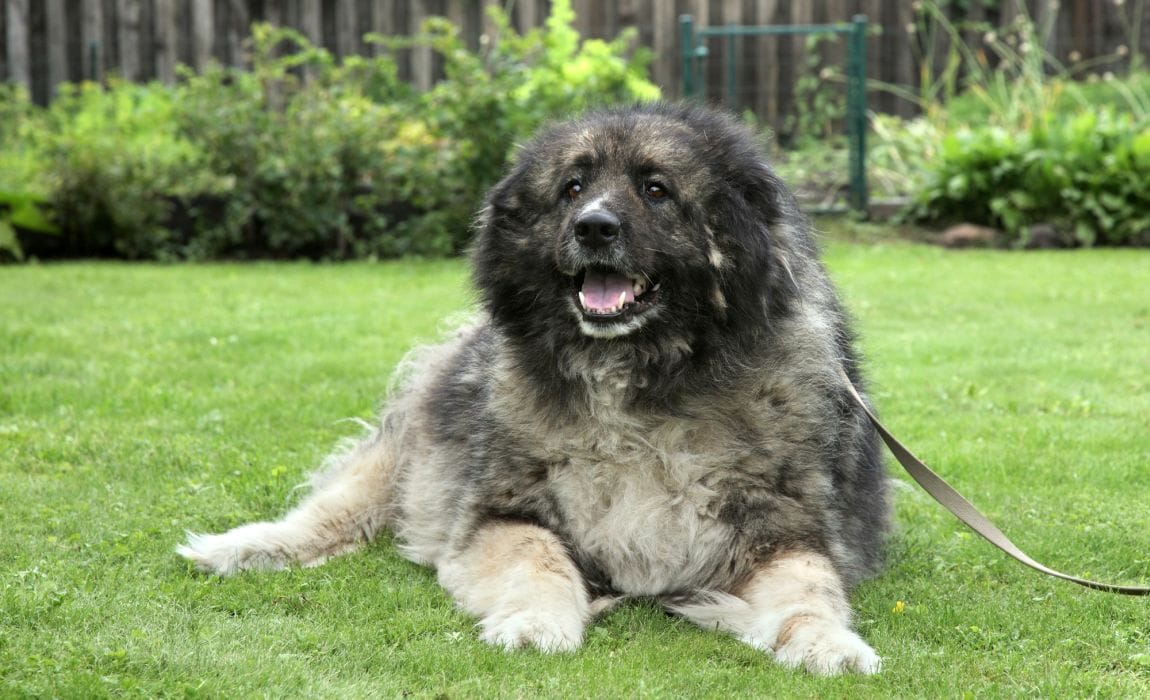

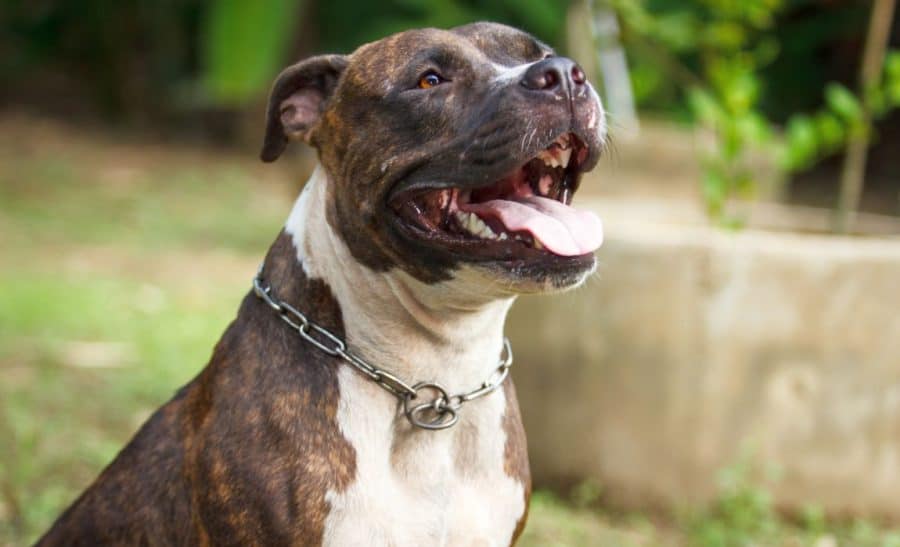


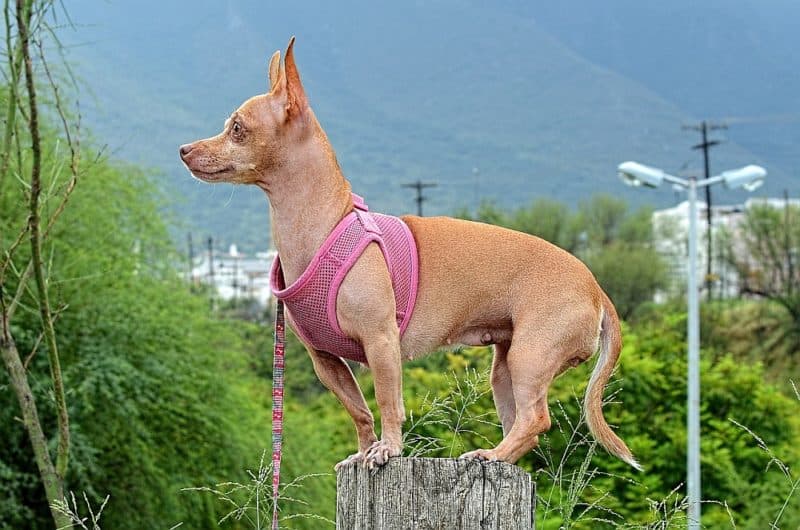
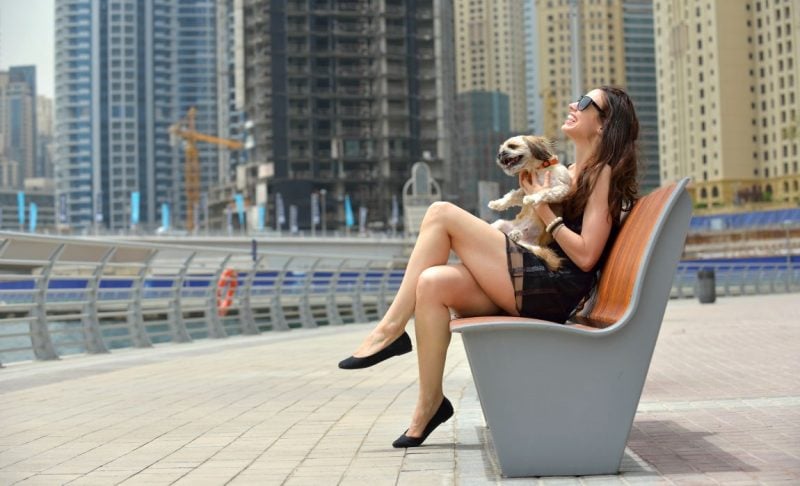
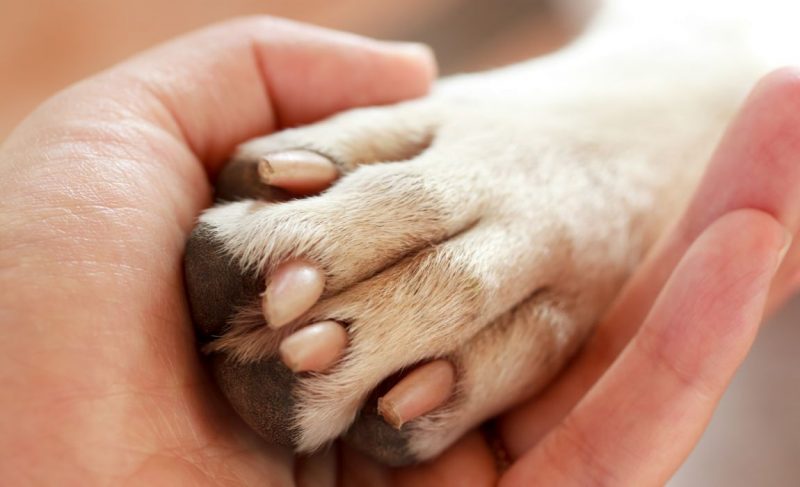
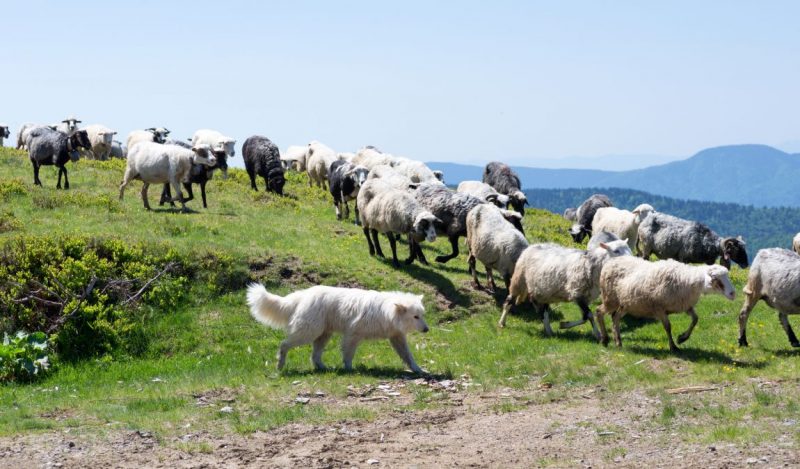

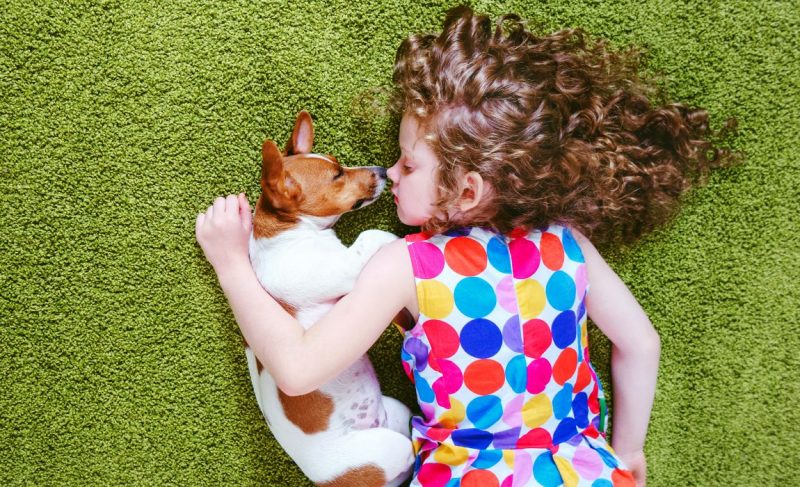
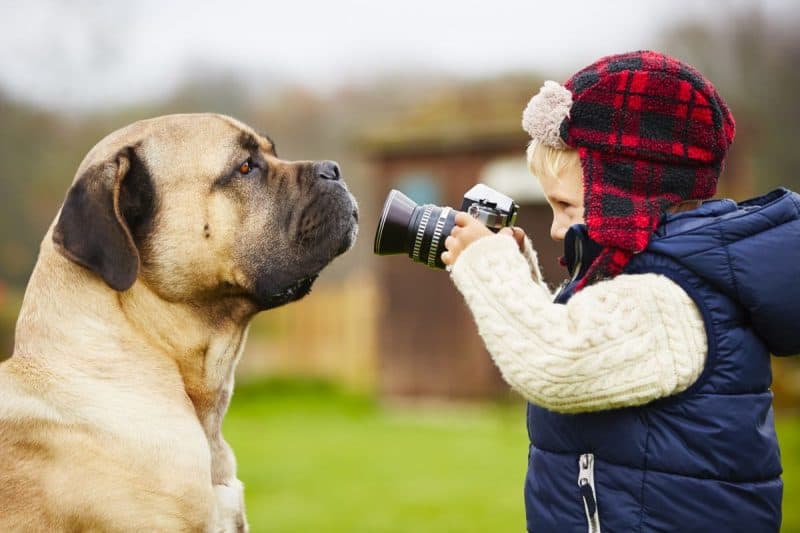

Leave a Comment